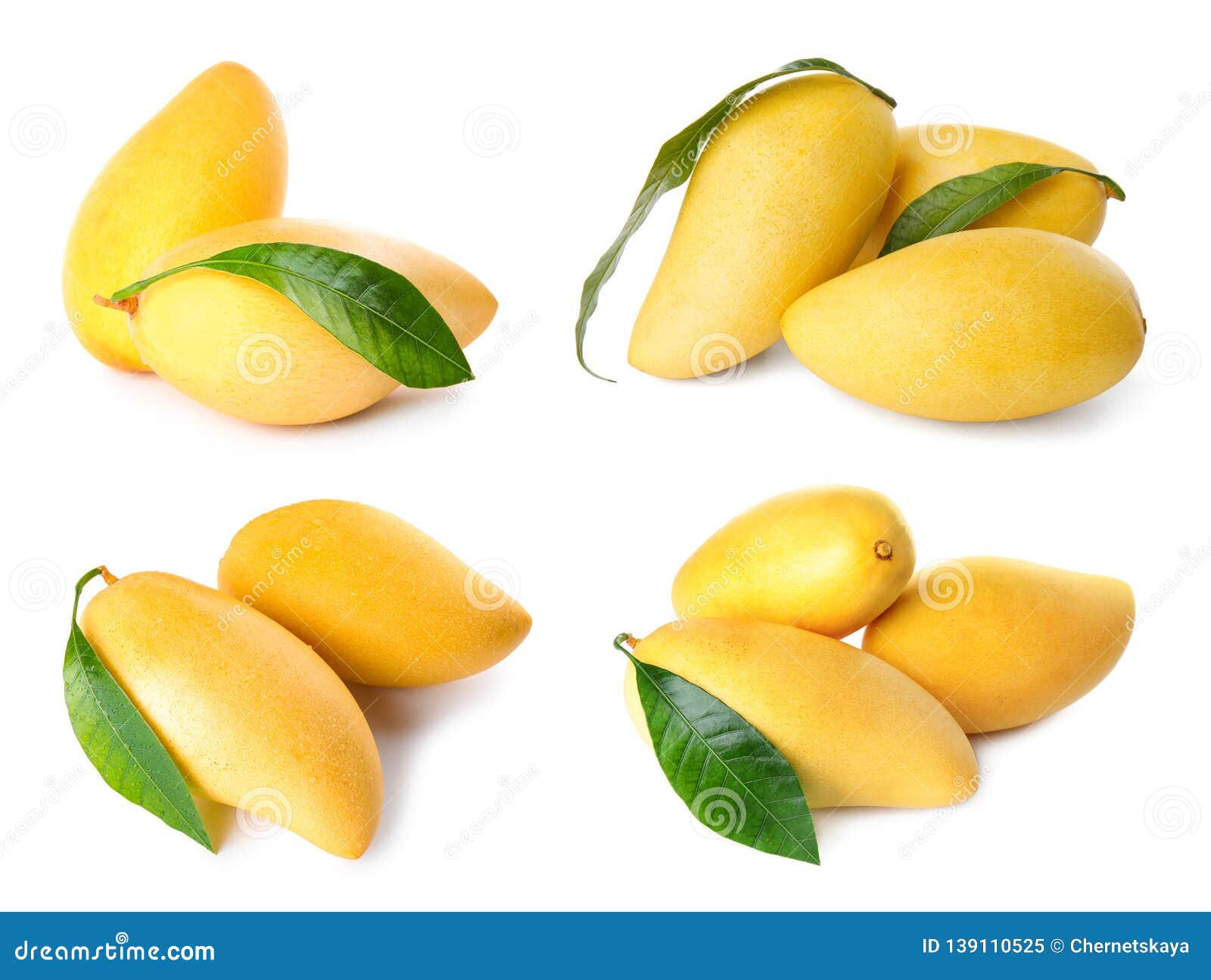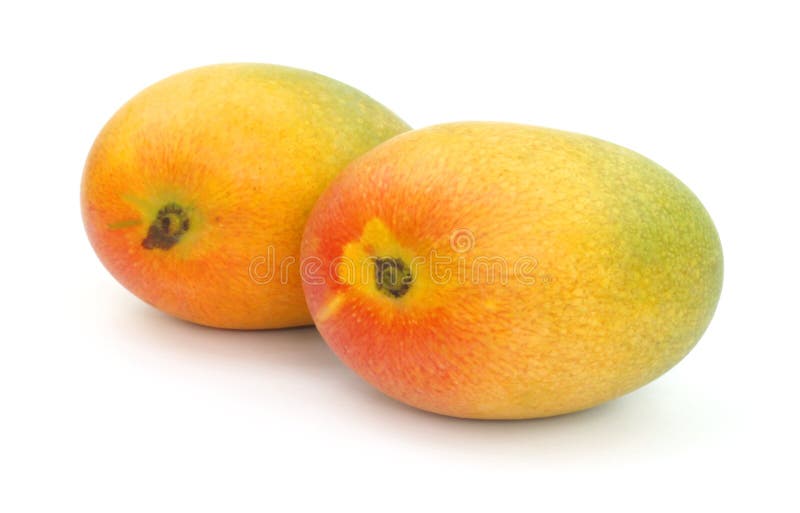

This affirmed that harvesting over mature or immature fruits might again results into their lower market value and lesser acceptability among the consumers. These were higher when compared to the values obtained for the over-matured mango, for the same parameters. The quality attributes like total soluble solids, titratable acidity, physiological weight loss, firmness and puncture strength of matured mango stored at optimum temperature were 22.45 ☋rix, 0.32, 9.86%, 41.98 and 14.41 N, respectively at the end of the storage period.

It was observed that the mango harvested at mature condition could be stored up to 22 days and 6 days, at 12 ☌ and 27 ☌, respectively. Thereafter, the shelf life and quality attributes of mango fruit were assessed by storing the fruit at optimum storage temperature (12 ☌) and ambient storage temperature (27 ☌).
Ripe mango full#
Three different harvesting stages were-immature (100th days from full bloom), mature (110th days from full bloom) and over mature (120th days from full bloom) stages. In the present study, a combination of physicochemical maturity indices parameters of mango fruit was continuously measured from full bloom stage.

lucidum could be a novel and interesting concept for the possibility in suppression of plant pathogenic microbes in the natural field. The research on biomolecular extract of G. gloeosporioides as observed through Scanning Electron Microscopy.

Furthermore, benzothiazole caused abnormality in the mycelial structures, viz., distortion, shrinkage, clumping of mycelium, conidial malformation, and complete arrestment of conidial germination of C. gloeosporioides at 50 ppm minimum fungicidal concentration. Confirmation of the antifungal nature of benzothiazole was obtained by testing the standard sample of benzothiazole which showed a cent percent of inhibition on mycelial growth of C. lucidum through Gas Chromatography-Mass spectroscopy (GC-MS) revealed the presence of the organoheterocyclic compound benzothiazole, as expressed in the highest peak area at 22.03 RT with the highest probability percentage (97%). Similarly, the analysis of ethyl acetate extracts from the cap portion of G. gloeosporioides by 53.77 percent followed by band 2 (46.33 percent) using an agar well diffusion test. The compounds eluted from band 1 recorded with the maximum mycelial growth inhibition of C. lucidum through thin layer chromatography (TLC) revealed the presence of two bands with Rf values of 0.38 and 0.35. Furthermore, subjecting the ethyl acetate extracts from the cap portion of G. gloeosporioides with 70.10 percent and 40.77 percent, respectively. lucidum extracted with ethyl acetate solvent at a maximum inhibitory concentration of 1 percent exhibited the maximum mycelial growth inhibition of C. The fruiting body (cap and stipe portion) of G. The present investigation is focused on exploring the possibilities of identifying biomolecules from the fruiting body of the medicinal mushroom Ganoderma lucidum against the mango anthracnose pathogen Colletotrichum gloeosporioides.


 0 kommentar(er)
0 kommentar(er)
